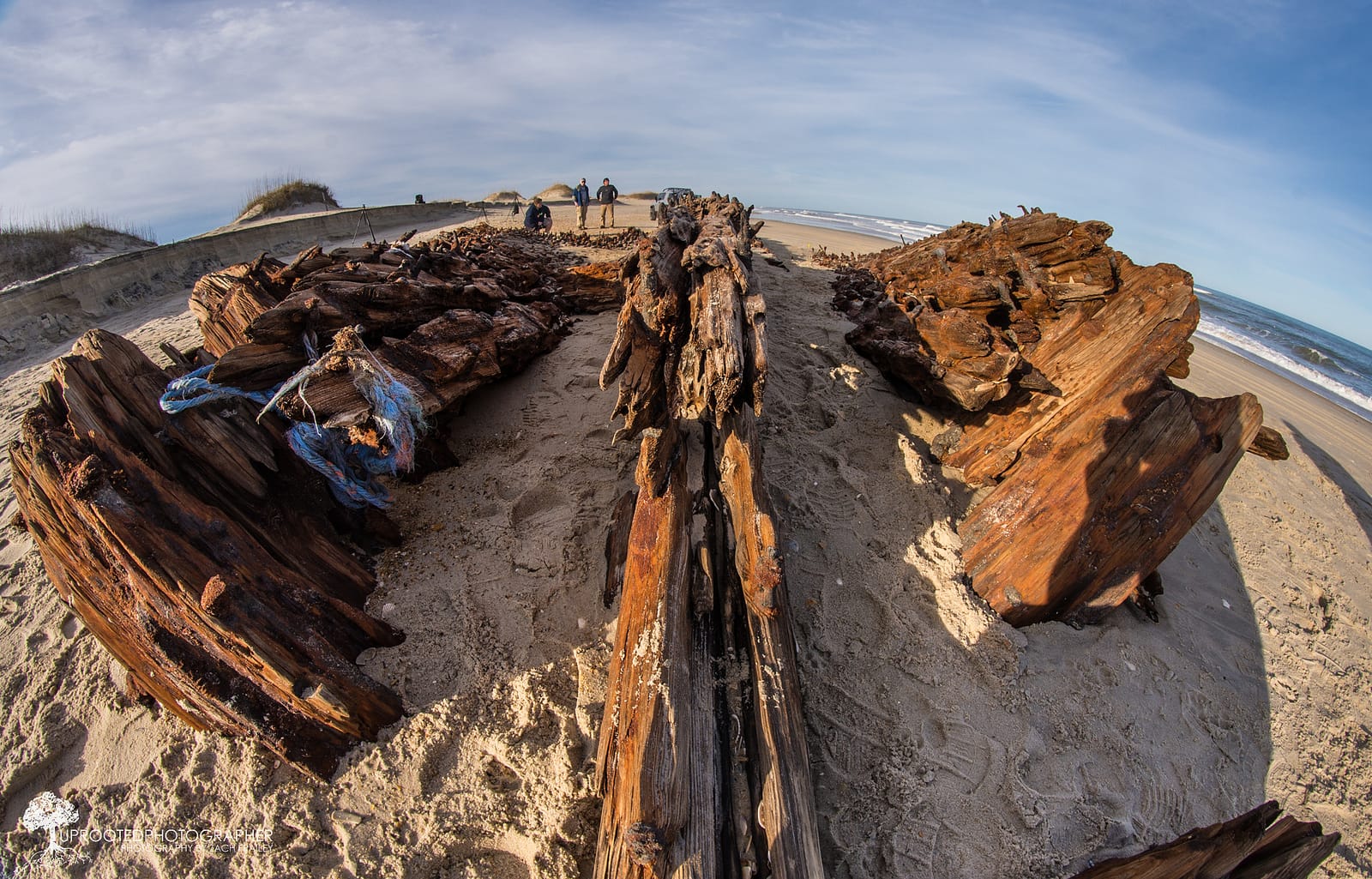
Our Outer Banks of North Carolina are a favorite destination of tens of thousands of guests every year. Our guests love dipping their toes in the salty water, playing fun games like miniature golf and checking out all the historic sites and museums in the area. AND – if you’re a history buff, or if you fancy yourself a coastal explorer, you can also discover some legendary shipwrecks! The area right outside the Southern Outer Banks goes by the nickname of The Graveyard of the Atlantic because of the sheer number of shipwrecks that have occurred there. Experts believe there may be as many as 1,000 ships just off of the North Carolina coast along the Cape Hatteras National Seashore – and some believe this number may be even higher.
Historically, East Coast trade routes drew large numbers of vessels through the treacherous Diamond Shoals, whose shallow sandbars, shifting sands, and inlets create a unique hazard off the coast of Hatteras Island and Cape Hatteras. Driven nearshore by the collision of the Labrador Current from the north and the Gulf Stream from the south, many ships failed to navigate the obstacles safely. This in combination with the massive hurricanes our coasts can see, resulted in a graveyard of sunken ships. Additionally, during both WWI and WWII, multiple German U-Boats sank off of our shores.
To get up close to those wrecks, you will need to plan a scuba trip and get in the water, but that isn’t your only option for catching a glimpse of some of these beautiful boats. With the five top shipwrecks visible from the shore, you can sink your toes in the sand and still see living history right in front of you. Here are a few of our favorites that should surely be on your “must-do” list!
The USS Monitor

The USS Monitor was one of the oldest war boats that sank off the coast because she dates back to the Civil War. Weighing more than 900 tons, she spent years as one of the top battleships that the US Navy used. despite being a strong ship, she floundered after encountering a storm 16 miles off the coast of Cape Hatteras and sank into the ocean. When a recovery team finally found her more than 100 years later, she was more than 200 feet below the surface of the water. The USS Monitor is now one of the only marine sanctuaries in the United States.
G.A. Kohler
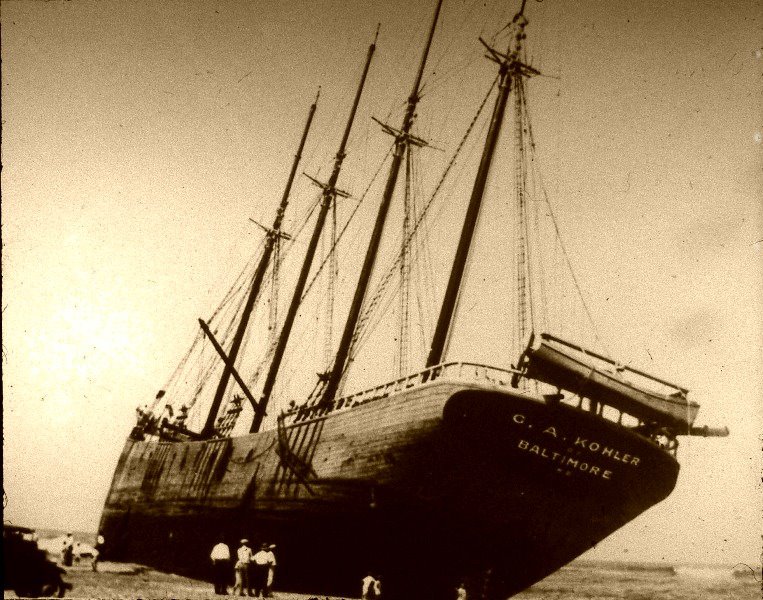
Hurricanes are common off the coast of North Carolina, and one of those storms led to the crash of the G.A. Kohler. This four-masted schooner and her crew attempted to stay afloat before the winds caused her to come right up on the shore in 1933. Rather than waste time and money trying to save her, legend says that the captain sold her off for scrap. The military actually took some of her materials and iron fittings for use during World War II and left behind a charred husk that you can now see at Ramp 27, four miles south of Salvo.
Laura A. Barnes
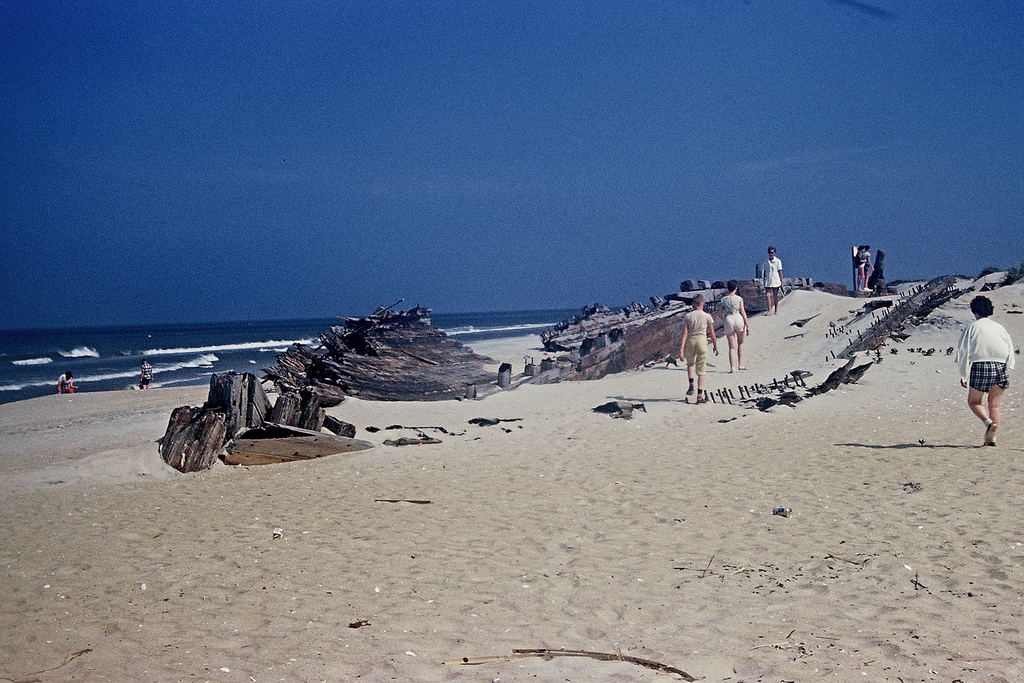
One look at the Laura A. Barnes may make you think twice before you set sail on your own boat. This 120-foot, four-masted schooner left New York headed to South Carolina in 1921. A large storm led to the crew trying everything in their power to keep her under control, but to no avail. The high winds caused the waves to grow so tall that the ship simply tossed and turned on those waves. Fog moving through the area made it difficult for the crew to see and made it even harder for them to control the boat. She finally washed up on the shore at Bodie Island, settling at Coquina Beach, remaining there for a number of years before a team finally saved her. The Laura A. Barnes is now on display at the Graveyard of the Atlantic Museum. You’ll want to stick around to check out all the other displays in the museum after seeing the ship.
Margaret A. Spencer
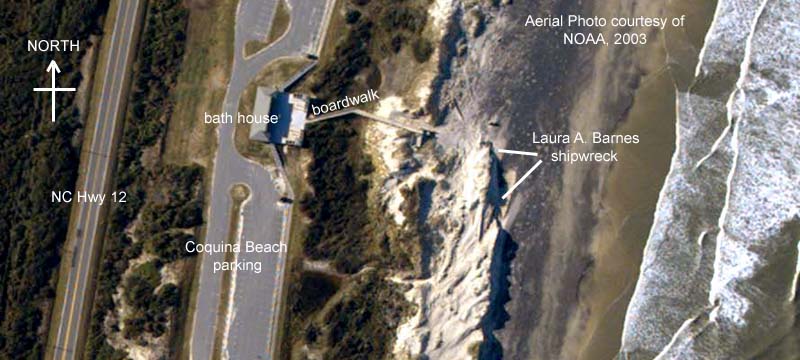
If you’re staying near the Oregon Inlet or just visiting the area, plan a trip to the Margaret A. Spencer. Though experts aren’t quite sure when she went down, the wooden ship capsized, keel up, in the waters just a short drive from the Oregon Inlet Campground. You can see her from almost anywhere along the shore.
Lois Joyce
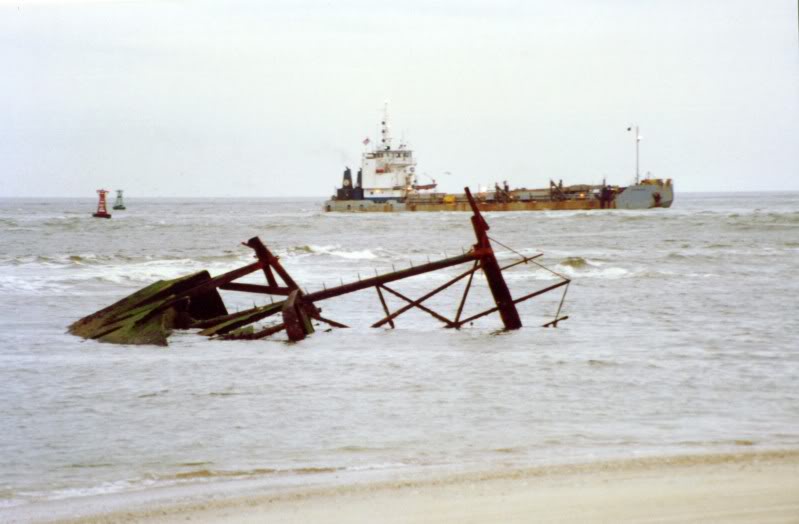
The Lois Joyce shipwreck only occurred in 1981. This 100-foot commercial fishing trawler spent several years capturing delicious fish and seafood from the area around the Outer Banks before her crew made the mistake of sailing during an intense winter storm. Her crew attempted to bring her in as the waters raged, but she sank near the entrance of the Oregon Inlet. Though the crew managed to make it out alive, there was no hope for the ship. You can see this shipwreck for yourself when standing on the shore near the entrance of the Oregon Inlet when the tide is low.
Oriental

If you plan a trip to the Pea Island National Wildlife Refuge in Rodanthe, you’ll want to get close to the water and see the only remains of the Oriental (also known as “The Boiler Wreck”). This Civil War ship ran aground 25 miles north of Cape Hatteras in May 1862, which makes it one of the oldest shipwrecks that you can see without getting in the water. This federal transport steamship faced some intense winds and high waves that led to her crashing. The Oriental’s steam engine now protrudes from the water and resembles a boiler about 100 yards from shore in 15-20 feet of water.
When renting a condo for your Outer Banks trip, look for one close to some of the top visible shipwrecks in Hatteras that everyone can see. Call to learn about condos that are perfect for your upcoming family vacation or getaway.